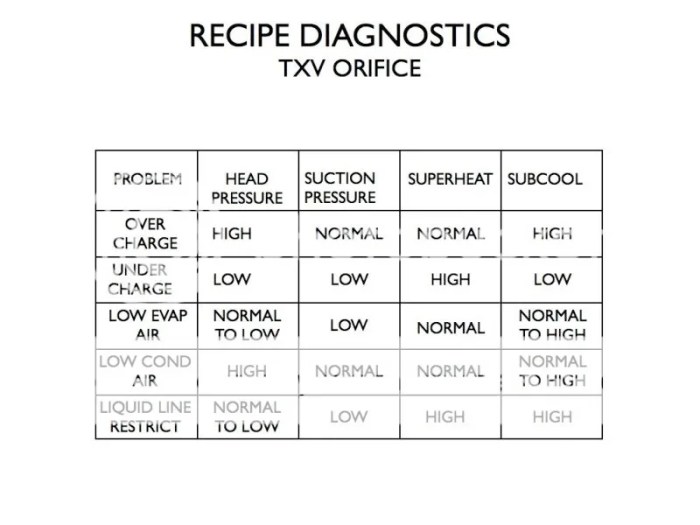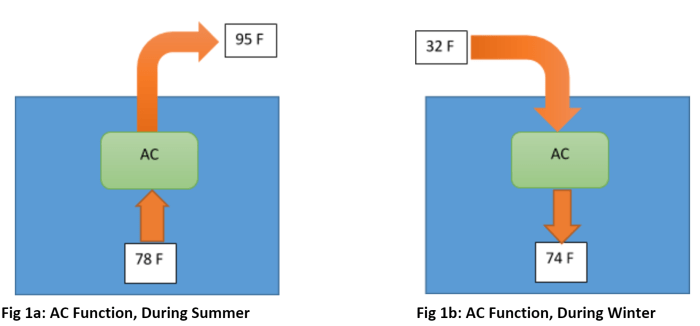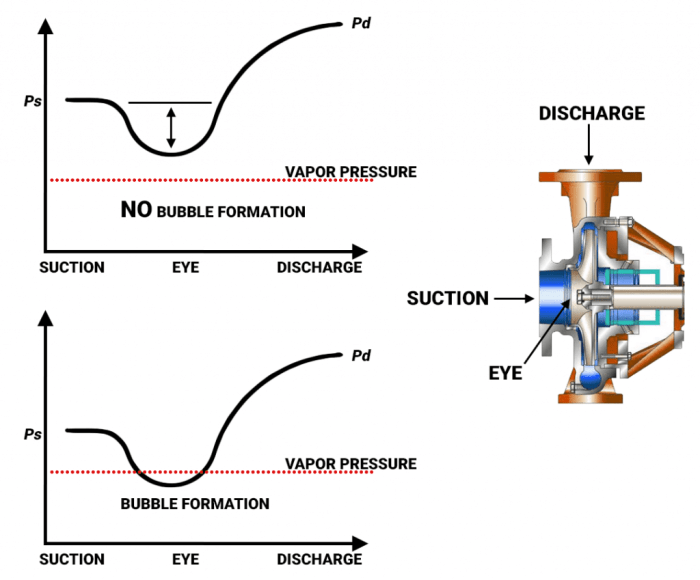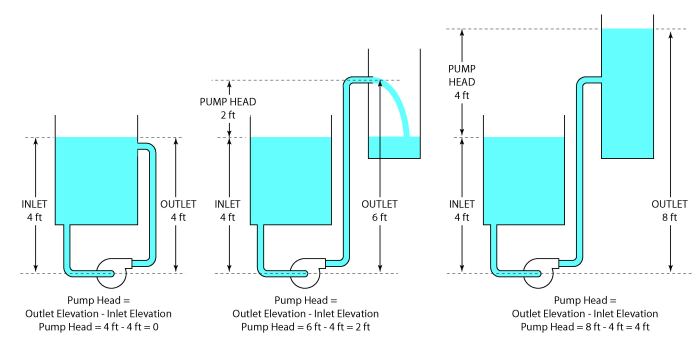High head pressure normal suction – High head pressure and normal suction, a complex interplay of physiological mechanisms, hold significant clinical relevance. Understanding the underlying factors and their implications is crucial for comprehensive patient care.
Physiological factors, including blood volume, vascular resistance, and cardiac output, profoundly influence head pressure. The autonomic nervous system plays a pivotal role in regulating these parameters, ensuring optimal cerebral perfusion.
High Head Pressure and Normal Suction

High head pressure and normal suction are important parameters in clinical settings, providing insights into a patient’s overall health and circulatory status. Understanding the physiological factors contributing to these parameters and their clinical significance is crucial for proper diagnosis and management.
Physiological Factors
Head pressure, measured in millimeters of mercury (mmHg), is the pressure exerted by the blood against the walls of the arteries in the head. Normal head pressure ranges from 70 to 100 mmHg. Suction, also measured in mmHg, is the negative pressure created by the heart’s pumping action.
Normal suction ranges from -5 to -15 mmHg.
Several physiological factors influence head pressure and suction:
- Blood Volume:Increased blood volume increases head pressure by putting more pressure on the artery walls. Conversely, decreased blood volume leads to lower head pressure.
- Vascular Resistance:Resistance in the blood vessels, primarily caused by vasoconstriction, increases head pressure. Dilation of blood vessels decreases resistance and lowers head pressure.
- Cardiac Output:The heart’s pumping action generates suction. Increased cardiac output increases suction, while decreased cardiac output reduces it.
The autonomic nervous system plays a crucial role in regulating head pressure and suction. The sympathetic nervous system, when activated, increases vascular resistance and cardiac output, leading to elevated head pressure and suction. Conversely, the parasympathetic nervous system decreases vascular resistance and cardiac output, resulting in lower head pressure and suction.
Clinical Significance, High head pressure normal suction
High head pressure and normal suction can indicate underlying medical conditions:
- High Head Pressure:Hypertension, atherosclerosis, and renal disease
- Normal Suction:Heart failure, pericardial effusion, and pulmonary embolism
Monitoring head pressure and suction is essential in clinical settings to assess a patient’s cardiovascular status and identify potential complications.
Management and Treatment
Management strategies for high head pressure and normal suction depend on the underlying cause:
- High Head Pressure:Medications (e.g., antihypertensives), lifestyle modifications (e.g., weight loss, exercise), and surgical interventions (e.g., renal artery stenting)
- Normal Suction:Treatment of underlying cardiac or pulmonary conditions, including medications, lifestyle changes, and surgical procedures
Research and Emerging Therapies
Ongoing research is investigating the mechanisms underlying high head pressure and normal suction. Emerging therapies, such as gene therapy and stem cell therapy, hold promise for improving outcomes in patients with these conditions.
Further research is needed to explore the long-term effects of high head pressure and normal suction, identify early diagnostic markers, and develop more effective treatment options.
Essential Questionnaire: High Head Pressure Normal Suction
What is the significance of high head pressure?
High head pressure may indicate increased intracranial pressure, which can result from various conditions such as head injuries, tumors, or hydrocephalus.
How is normal suction maintained in the head?
Normal suction is achieved through the coordinated action of the cerebrospinal fluid, which circulates around the brain and spinal cord, and the arachnoid villi, which drain excess fluid into the bloodstream.


